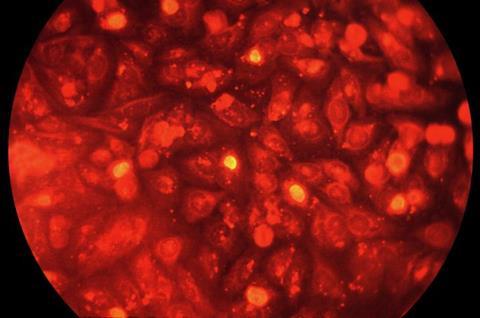Chlamydia and gonorrhea are the two most common sexually transmitted infections (STIs) in the United States, impacting 2.4 million in 2021, and the number is rising.

A recent study of individuals ages 15 to 60 measuring and comparing treatment rates for these STIs has found that nearly one-in-five patients with chlamydia and one-in-four patients with gonorrhea did not receive Centers for Disease Control and Prevention (CDC) recommended treatment for their infection.
Individuals seen by clinicians in a private healthcare setting were less likely to receive CDC recommended treatment than those seen in a public health clinic.
Males, younger patients, individuals identifying as Black or multiracial, people with HIV, and those with both chlamydia and gonorrhea, all more likely to be seen in a public health clinic, were more likely to receive CDC-recommended treatment.
Still too low
“Using data from multiple sources, including medication orders from electronic health records and Medicaid claims, we determined that treatment rates were higher than previous studies which relied upon less robust data from a single source,” said Regenstrief Institute’s Center for Biomedical Informatics Interim Director Brian Dixon, PhD, MPA, who led the study.
“Although we found higher treatment rates, they still are too low. Almost 20 percent of individuals with chlamydia and about a quarter of individuals with gonorrhea are not being treated, illustrating we have to work to encourage CDC recommended treatment, especially by private providers. Treatment is critical to addressing the nationwide epidemic of rising STI rates.” Dr. Dixon also is a professor of epidemiology at the Indiana University Richard M. Fairbanks School of Public Health.
Data sources
Data identifying 52,946 chlamydia cases and 25,699 gonorrhea cases in the nine-county Indianapolis metropolitan area were received from four sources:
- Indiana Department of Health (IDOH), which captures chlamydia and gonorrhea cases reported under Indiana communicable disease regulations.
- Indiana Network for Patient Care – a health information network (HIE) containing data captured from more than 103 Indiana hospitals and 60 community clinics.
- Electronic health records from the public STI clinic serving the Indianapolis metro area.
- Indiana Family and Social Services Administration, which manages the Medicaid program for the State of Indiana.
“Our analysis of chlamydia and gonorrhea treatment rates, which sheds light on what proportion of patients receive treatment and who is more likely to receive treatment, is likely to be similar to treatment in other parts of the U.S.,” Dr. Dixon observed. “We hope this knowledge will help us target public health efforts to stem the rising tide of STIs.”
“Treatment Rates for Chlamydia trachomatis and Neisseria gonorrhoeae in a Metropolitan Area: Observational Cohort Analysis” is published in Sexually Transmitted Diseases, the journal of the American Sexually Transmitted Diseases Association. The study was funded by the CDC.







No comments yet